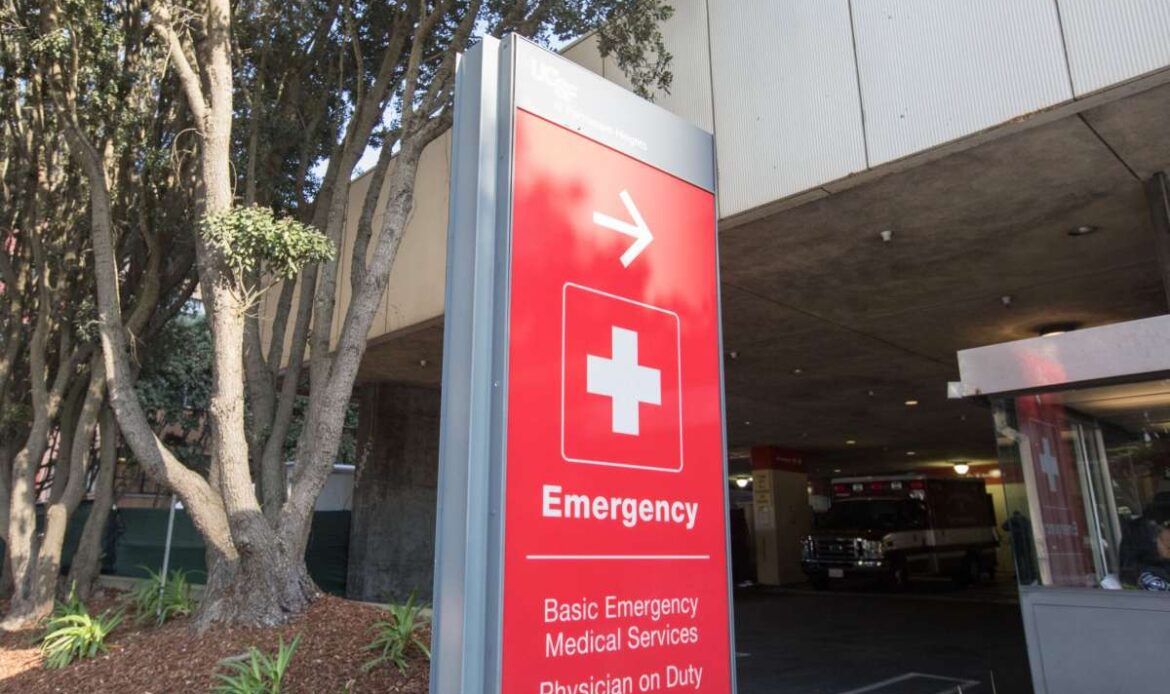
California Department of Public Health announced that most hospitals and skilled nursing facilities can bring COVID-positive and exposed staff back to work without testing or quarantines. The staffers must be asymptomatic, are required to wear N95 masks and are encouraged to work with patients who are already COVID-positive as much as possible.
This news might come as a surprise to people who have been reading dire warnings about omicron and some public health officials’ pleas to cancel plans and stay home. Many public health officials have argued these measures are necessary to prevent hospitals from being overwhelmed with COVID patients. Indeed, for the past few weeks, San Francisco hospitals have been in dire straits. But it’s not because people are sick — it’s because of staffing shortages driven by overly strict state quarantine rules, the director of COVID response at UCSF’s emergency department said.
After reviewing the charts of every COVID-positive patient at UCSF hospitals on Jan. 4, Dr. Jeanne Noble, an associate professor of emergency medicine at UCSF, determined that 70% of them were in the hospital for other reasons.
“The real COVID crisis that our hospitals are facing is a severe staffing shortage that is compromising the quality of our care,” Noble said Friday, shortly before the policy change was announced.
Staffing shortages are so severe that California is considering canceling elective surgeries, as happened during the worst of last year’s peak.
“The crisis from the Omicron peak is not generated by serious COVID illness in regions with highly vaxxed populations,” Noble wrote in an email to SFGATE. “The crisis we are suffering in the Bay Area is largely driven by disruptive COVID policies that encourage asymptomatic testing and subsequent quarantines. … The vast majority of COVID-plus patients I take care of need no medical care and are quickly discharged home with reassurance.”
It’s true that case counts are shattering records set last year, and Noble predicts the peak is still a week away. But fewer people are hospitalized with COVID today in California compared with this time last year. And, especially in highly vaccinated areas, few of those patients are actually in the hospital because of COVID illness. In LA, where 71% of eligible people are fully vaccinated, two-thirds of hospital cases were caught on screening for the virus, the LA Times reported.
Policies encouraging people to take a test whether or not they’re sick, and to stay home just because they were near someone who tested positive, may be doing little to slow the virus; in San Francisco, four times as many people are testing positive every day than at the peak of last year’s winter surge. But isolation policies have strained hospitals, shuttered restaurants, disrupted public transportation, reduced capacity at testing sites and sent some kids back to virtual education, some experts say. Punishing quarantine measures have compounded already-existing staff shortages driven by large numbers of health care providers quitting in the past year.
Noble said that when she reviewed the charts on Jan. 4 at four UCSF campuses (UCSF Parnassus, Mission Bay, Mount Zion and Children’s Hospital of Oakland), she identified 44 hospitalized patients (both adults and children) with COVID. Of those, just 13 were admitted because of COVID. “I do not expect that number to increase substantially, or become unmanageable in the coming week,” she wrote. “The death rate in California is actually falling. And the predicted peak of cases is only about a week away.”
The remaining 31, or 70%, of patients tested positive after being admitted for unrelated reasons, including a hip fracture and a bowel obstruction. They’re all “completely asymptomatic or minimally symptomatic,” Noble said.
“[Emergency departments] are flooded with the worried well that are simply seeking testing and reassurance,” she added. “I have not intubated a single COVID patient during this Omicron surge. We have a total of 5 patients with COVID on ventilators across our 4 hospitals. An average of 1.25 intubated COVID patients per hospital is a good news story.”

